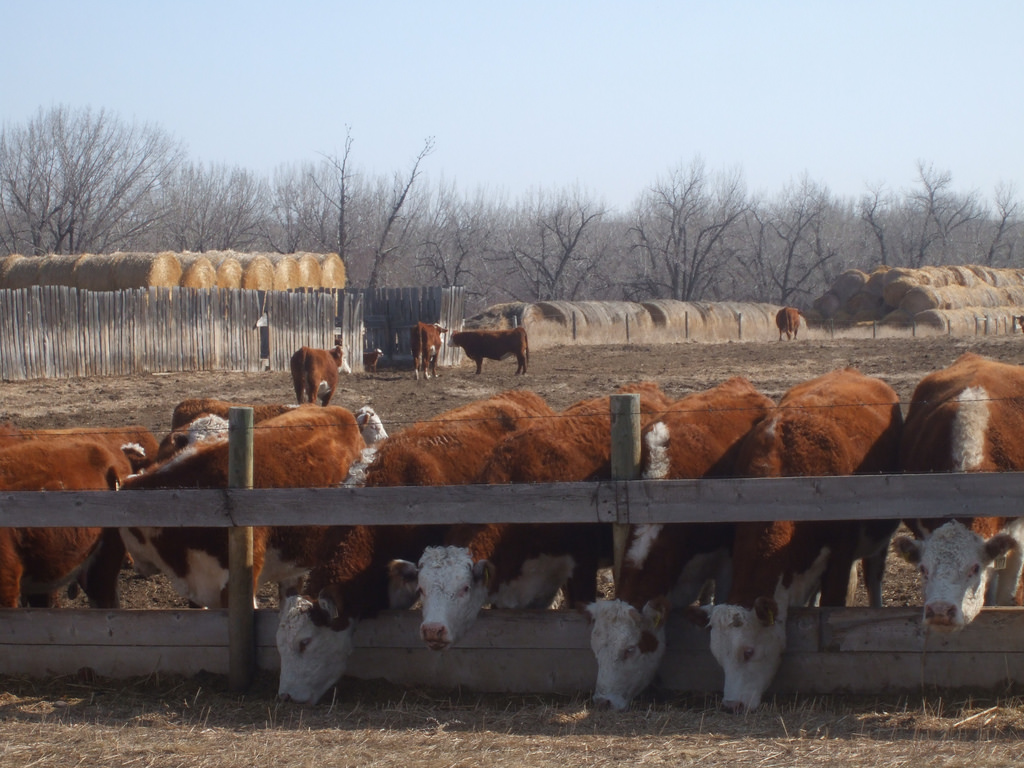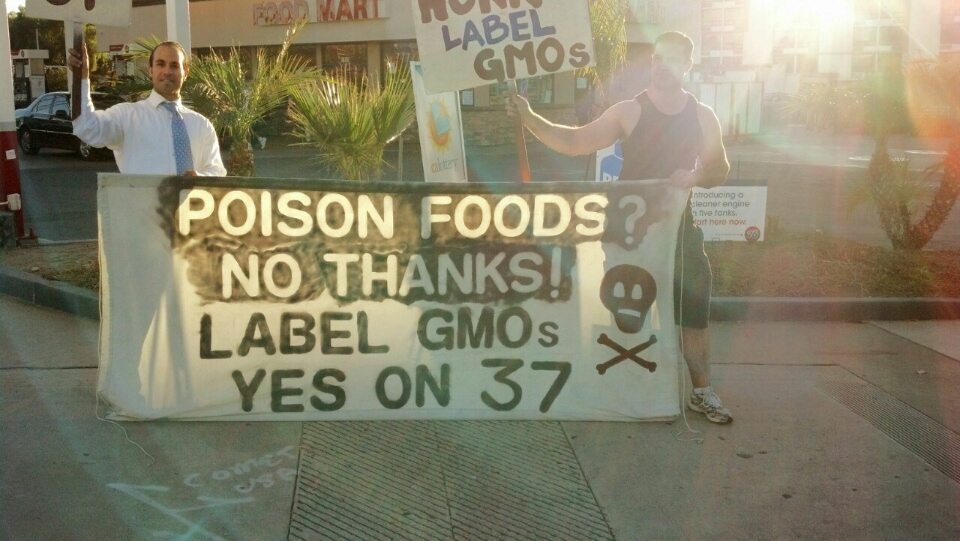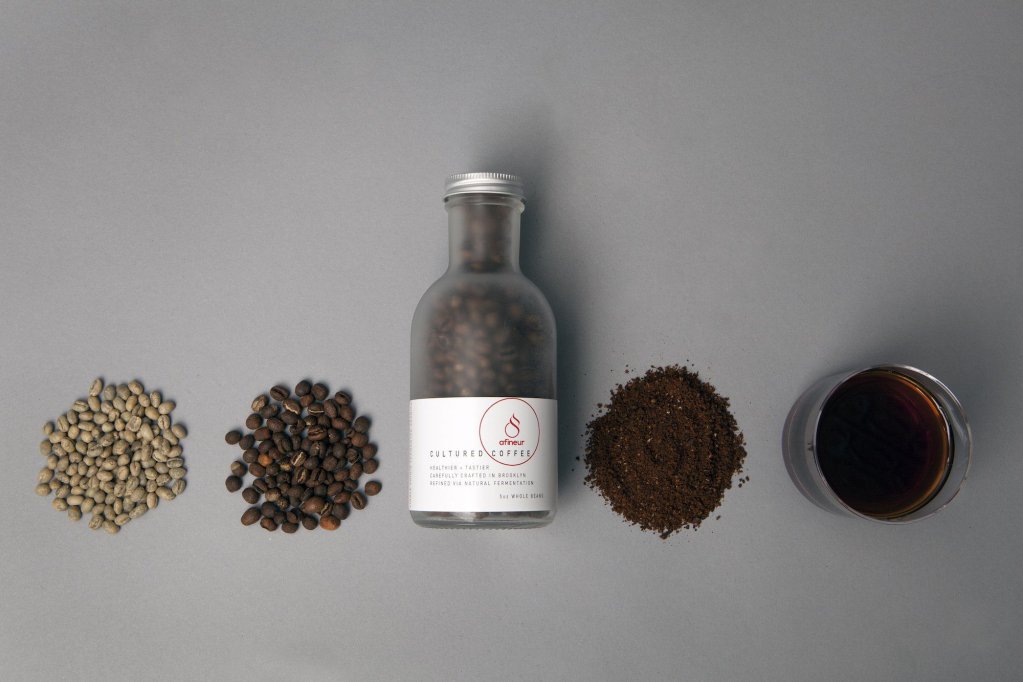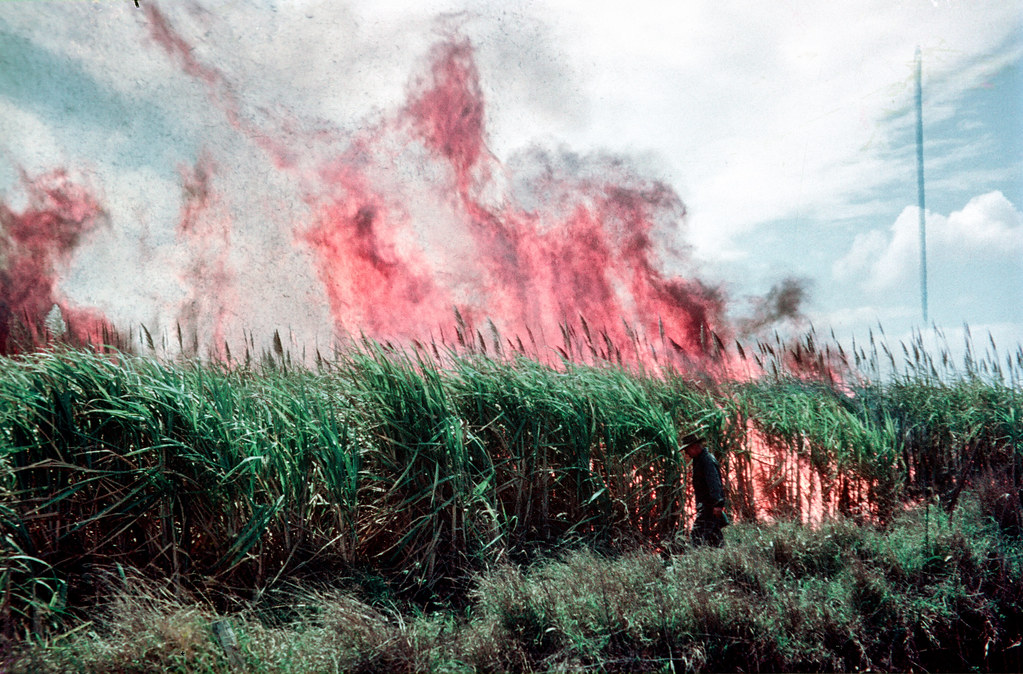Last week, the Food and Drug Administration (FDA) approved the first-ever veterinary drug capable of reducing gas emissions from animals. The product, Experior, won’t remediate the 6 billion tons of greenhouse gasses livestock emit into atmosphere every year—methane-heavy burps and farts that amount to around 18 percent of total global emissions. It won’t even come close. But the product could represent a substantial win for farmers and environmentalists because it reduces the ammonia gas that beef cattle release through their manure.
Ammonia doesn’t get as much climate-anxiety play as methane, but it’s still a major driver of environmental pollution. In livestock operations, ammonia is produced when animal urine mixes with feces and soil. Within minutes, the compound is released into the air, according to researchers at Colorado State University, where it can mix with other particles and travel for miles. That form of ammonia can irritate the eyes, nose and throat, and even cause asthma, if inhaled.
Ammonia gases and particles also contribute to a process called eutrophication, in which excess nutrients, like nitrogen—the N in NH3— and phosphorous, run off of farms and into bodies of water. That runoff causes algal blooms, which block sunlight to plants, and kill off fish by depriving them of oxygen.
Experior was developed by Elanco, an animal health company that is majority-owned by the pharmaceutical giant Eli Lilly. And how did it pass muster with FDA? The company submitted studies that showed Experior partially reduced ammonia emissions from the manure of individual beef steers and heifers, as well as a group of cattle enclosed in pens “designed to mimic feedlot conditions,” when it was mixed into their feed in the final weeks before slaughter, according to the drug application.
The studies, which were conducted on 4,000 cattle held in environmentally controlled facilities in Michigan, California, Idaho, and Nebraska, did not measure the drug’s effect on the emissions of a whole herd or at farm scale, and the researchers emphasized that they “could not take into account other factors that may affect ammonia gas emissions, such as wind speed and direction, rainfall, weather, input from other nitrogen sources and manure management.” Interestingly, while meat from the treated cattle was found to be safe to eat, the researchers did find that their steaks were less tender, and chewier, than those from the control group.
The timing of the FDA approval is fortuitous. As we reported last year, operators of concentrated animal feeding operations, or CAFOs, have been required to report their ammonia gas emissions to the federal government since a federal judge vacated a rule, implemented by George W. Bush’s Environmental Protection Agency (EPA), that previously exempted them.
Brian Sylvester, a regulatory lawyer with Wiley Rein, told The New Food Economy that the approval is likely to be the final regulatory hurdle, and the product could hit the market in the next several months.











